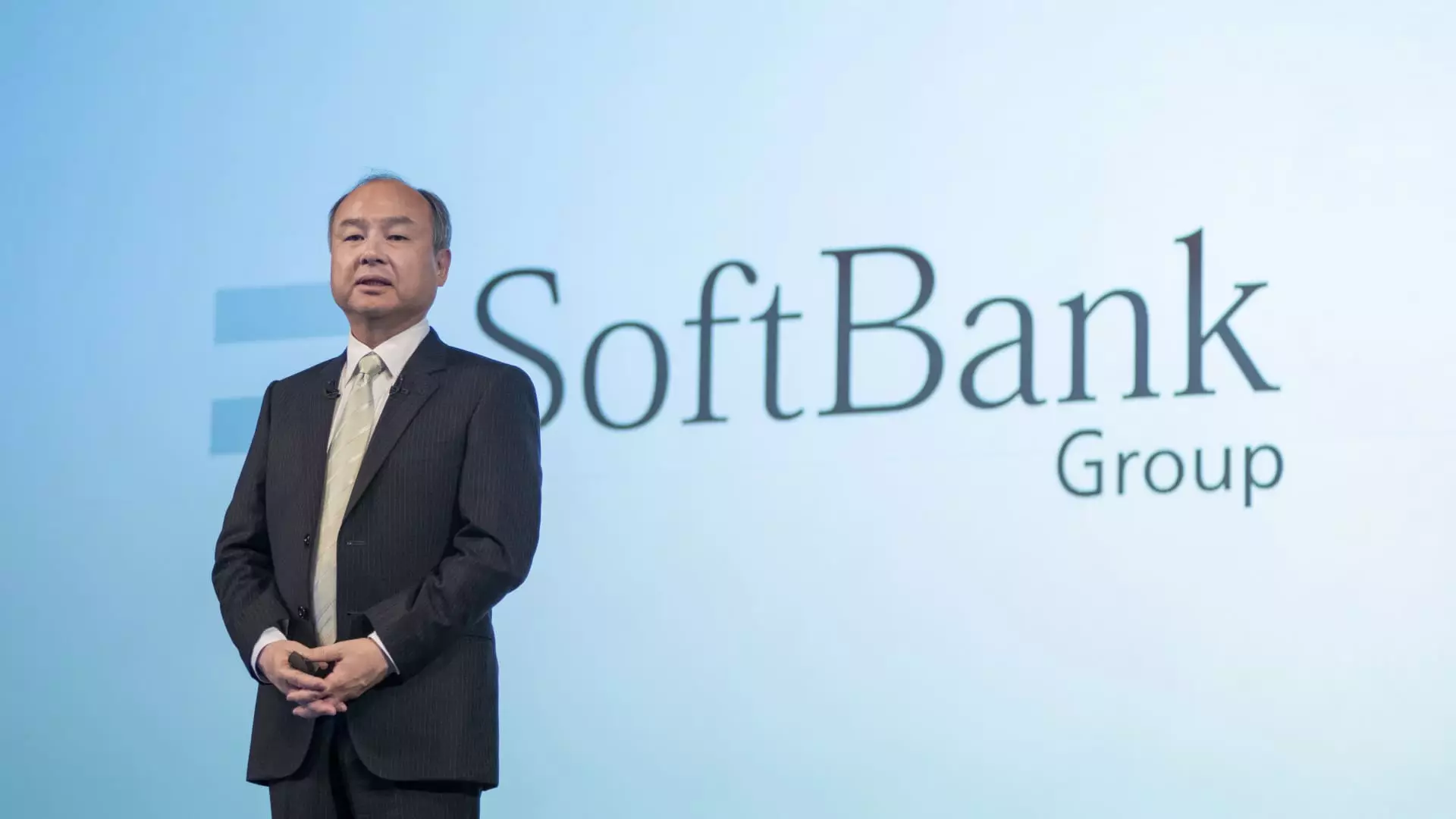SoftBank, the Japanese technology titan, recently reported impressive financial gains in its Vision Fund investment arm, turning around the previous operational losses and signaling potential recovery in its investment strategy. The company’s fiscal second quarter ending September 30 revealed a net gain of 608.5 billion yen (approximately $3.96 billion) in its Vision Fund, a substantial recovery from the turmoil faced earlier in the year. This assessment dives deep into the driving forces behind SoftBank’s current financial health, the implications of recent investments, and the challenges that still lay ahead.
The Vision Fund’s performance showcases both successes and setbacks. The fund reported a notable overall gain of 373.1 billion yen, marking a significant improvement compared to the staggering loss of 204.3 billion yen in the previous fiscal quarter. This turnaround can be largely attributed to increased valuations of key holdings, particularly in notable companies like Coupang, Didi Global, and Bytedance. This reflects a broader recovery in tech equities amidst shifting market sentiments.
However, the Vision Fund 2 did not fare as well, incurring a loss of 232.6 billion yen, largely due to declining stock prices of companies like AutoStore and Symbotic. This divergence highlights the volatility and unpredictability that character tenants of the tech investing landscape, emphasizing that while some bets pay off, others can lead to substantial losses that offset those gains.
SoftBank’s vision is increasingly aligned with the booming artificial intelligence sector, positioning itself strategically for future growth. The company has successfully profited from the September 2023 IPO of Arm Holdings, a critical player in the semiconductor space. As the demand for data center GPUs and AI technology continues to soar, CEO Masayoshi Son’s investments in AI firms, including a significant stake in OpenAI, signify both a forward-looking approach and calculated risks in an area ripe for innovation and profitability.
Son’s characterization of Nvidia as “undervalued” reflects an optimistic stance on the tech’s future direction. He envisions AI capabilities that are exponentially beyond current benchmarks, hinting at a transformative era for technology and its applications. Should these projections materialize, SoftBank could not only recover past losses but redefine its role within the global tech ecosystem.
Despite achieving a 6% increase in net sales, culminating in 1.77 trillion yen, SoftBank faces turbulent waters. The company has attracted attention from activist investors such as Elliott Management, who have pushed for significant structural changes, including a $15 billion share buyback. This demand for liquidity speaks to a broader need to stabilize investor confidence and leverage SoftBank’s market position effectively.
Moreover, SoftBank’s decision to repurchase around 6.8% of its shares, equivalent to 500 billion yen, aligns with efforts to bolster share prices and offer assurance against fluctuating market dynamics. The Tokyo-listed shares saw a remarkable uptick of approximately 50% year-to-date, indicating a cautious optimism among investors, yet the volatile global economic environment remains a critical factor that cannot be overlooked.
The landscape for Japanese companies, including SoftBank, is currently characterized by fluctuations amidst external pressures like currency strength and asset sell-offs. Analysts from Barclays have pointed out the potential for ongoing volatility, stressing that while wage growth aligns with the Bank of Japan’s expectations, the overall economic horizon remains uncertain. Speculations around a possible interest rate hike further complicate the situation, leading to concerns about future market stability.
As SoftBank navigates this complex environment, its strategic pivots and investments in emerging technologies will be vital. The focus on AI and other disruptive innovations could offer pathways for long-term growth, but consistent performance and risk management remain paramount to transforming current gains into a sustained victory.
While SoftBank’s recent financial results highlight its potential for recovery and growth, the challenges inherent in today’s fast-changing economic landscape necessitate a careful balance of risk-taking and strategic investments. This duality will define SoftBank’s path forward as it endeavors to reclaim and solidify its status as a leader in the technology investment realm.

